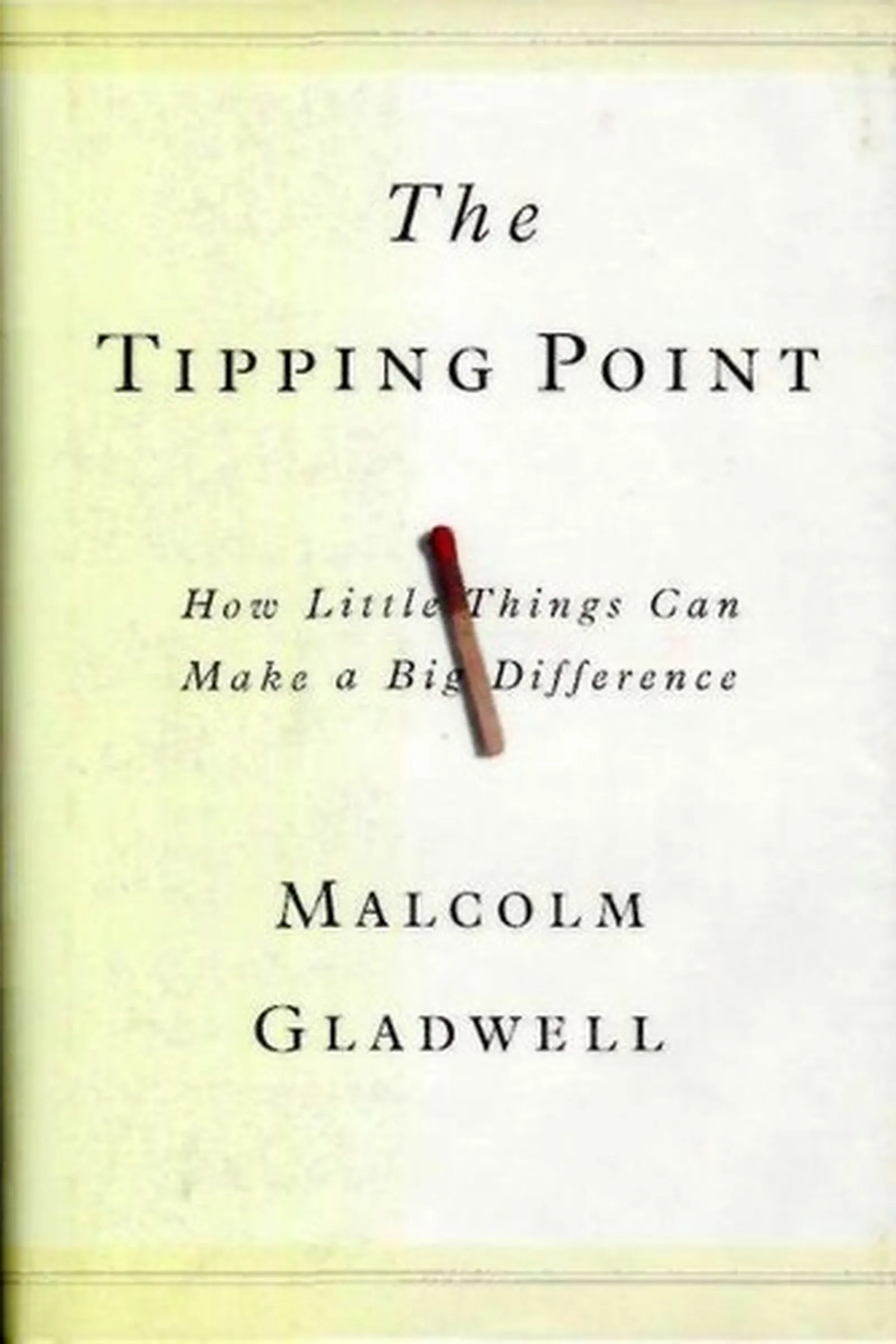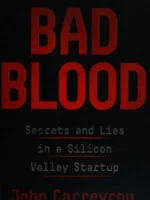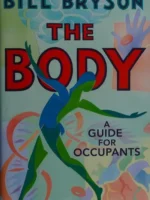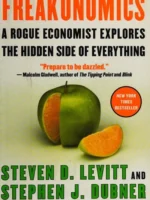The Tipping Point, Malcolm Gladwell, 2000
- Author: Malcolm Gladwell
- Genre: General Nonfiction
- Publisher: Little, Brown and Company
- Publication Year: 2000
- Pages: 301
- Format: Paperback
- Language: English
- ISBN: 978-0316346627
- Rating: 4,3 ★★★★★
The Tipping Point Review
About
Malcolm Gladwell’s The Tipping Point (2000) explores how small actions can trigger massive social change. It’s part sociology, part storytelling, and part detective work—showing how ideas, products, and behaviors spread like viruses. Gladwell distills complex behavioral science into gripping narratives that make the invisible patterns of influence feel tangible and personal.
Overview
The book introduces the idea of a “tipping point”—the critical threshold where minor trends suddenly become unstoppable movements. Through case studies ranging from Hush Puppies shoes to the spread of crime reduction in New York City, Gladwell explores why some ideas stick while others fade. His blend of research, psychology, and anecdote makes it as entertaining as it is enlightening.
Summary
(light spoilers) Gladwell breaks his theory into three rules: The Law of the Few (influencers drive change), The Stickiness Factor (ideas that resonate endure), and The Power of Context (environment shapes behavior). He illustrates these through examples that range from marketing campaigns to epidemics of social behavior. The takeaway is clear: change doesn’t always come from scale, but from precision—getting the right mix of people, message, and moment. The book ends with optimism: understanding these dynamics gives individuals and organizations the power to spark change intentionally.
Key Themes / Main Ideas
• Contagion of ideas — social influence as viral spread.
• Human networks — how connectors, mavens, and salesmen shape culture.
• Context — environment as invisible driver of behavior.
• Simplicity — small tweaks lead to big outcomes.
• Communication — crafting messages that resonate deeply.
Strengths and Weaknesses
• Strengths — Insightful, accessible, and highly readable.
• Strengths — Bridges science and storytelling seamlessly.
• Weaknesses — Relies heavily on anecdote; limited empirical rigor.
• Weaknesses — Some examples now feel dated, though the ideas endure.
Reviewed with focus on themes, audience, and takeaways — Malcolm Gladwell
| pa_author | Malcolm Gladwell |
|---|---|
| ISBN | 978-7-553-42414-6 |
| pa_year | 1996 |
| Pages | 306 |
| Language | English |







